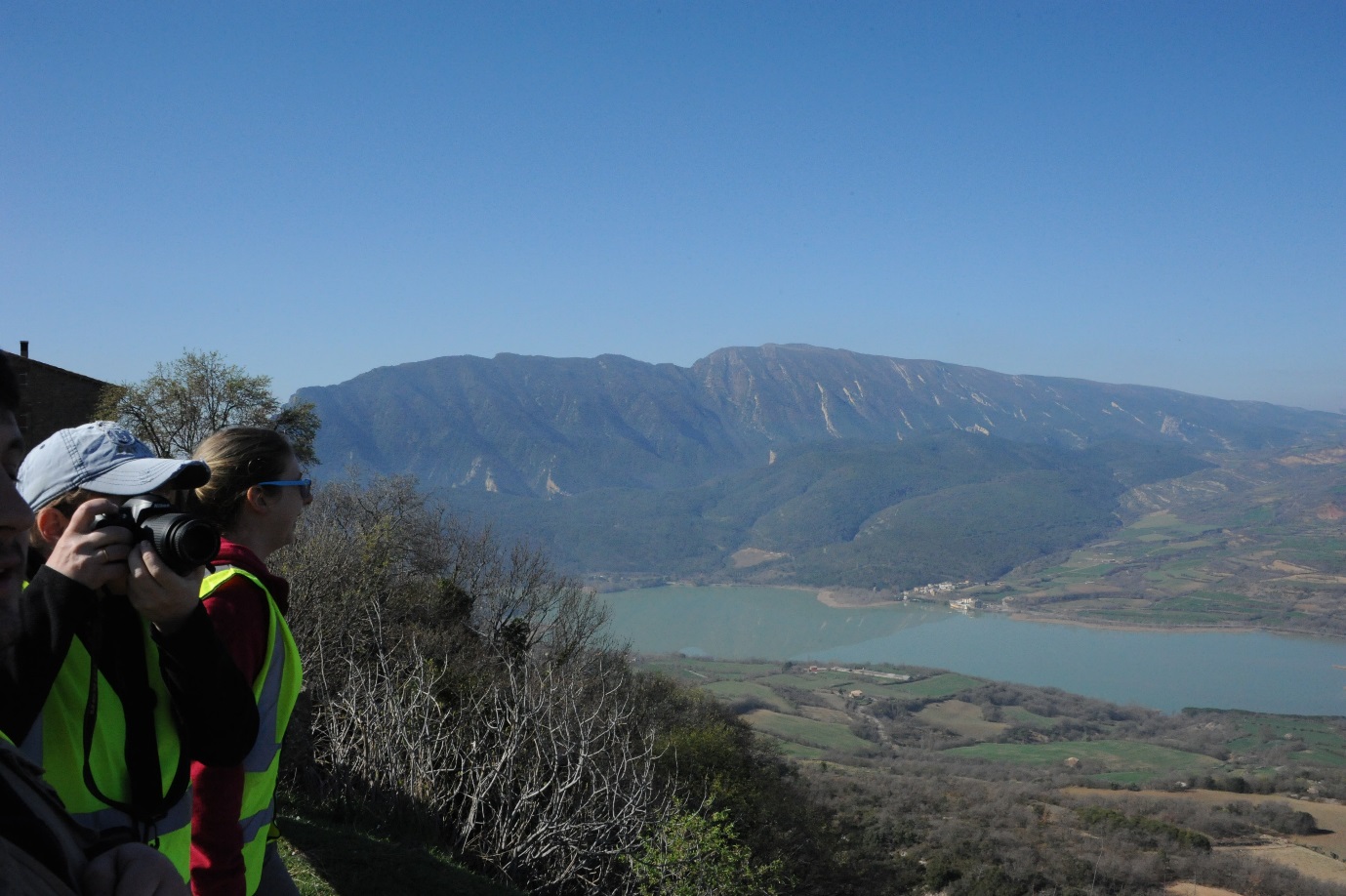What is Basin Analysis and why should I care?
22 June 2017
Many students of geology at school and university are puzzled by basin analysis; is it important – given that it’s possibly more to do with bathrooms than finding barrels of oil?
Although basin analysis most certainly does not have anything to do with bath tubs, to get to the bottom of what basin analysis is it is useful to consider a kitchen sink as an analogy. The kitchen sink is our basin (depression in the crust), which can be filled. Imagine pushing the plug in and day after day scraping the remains of your breakfast, lunch and dinner into the sink. After a number of weeks you would end up with a stinking mess but if you sliced through the gunk you would be able to see layers of all of your meals laid out before you – from the half eaten pizza on day one to the cornflakes this morning. The food will have built up into a food diary from which you could reconstruct your complete diet – you will have built up a food stratigraphy.
Exactly the same thing happens on the Earth’s crust. Where a depression (known as a basin) exists sediments can accumulate. They fill up the basin like the food in our sink providing an exceptionally useful record of how the environment has changed over time and what tectonic processes may have been at work. If we drill into a sedimentary basin and find 60 million year old fossils of marine creatures we know that at that time this part of the Earth’s surface was covered by an ocean. If at some point in history there are suddenly a lot more sediments than usual entering the basin (the sedimentation rate had increased) it may suggest that a mountain is developing nearby, with sediments eroded from it being deposited in the basin. A lot of what we know about the history of the Earth has been deciphered from the record left in sedimentary basins by geoscientists who specialise in basin analysis.
Basins also provide an opportunity for vegetation to build up and decay over time, like the food scraps in the kitchen sink analogy above. Millions of years of decay, and substantial pressures and temperatures caused by burial beneath more sediment can, in some cases, turn the biomass into oil and gas. Basin analysis not only involves decoding the sedimentary record but also assessing if the basin conditions are appropriate for hydrocarbon formation, and determining where in the basin may be the optimal location to search for oil and gas.
 Examining a “piggy-back” basin in Spain. The sediments contained in this basin record the growth of the Pyrenees mountain belt. Photo taken by Alan Spencer.
Examining a “piggy-back” basin in Spain. The sediments contained in this basin record the growth of the Pyrenees mountain belt. Photo taken by Alan Spencer.
The techniques that I use in basin analysis involve fieldwork – to look at basins that are no longer depressions but have been uplifted and are now at the Earth’s surface – and drilling data where cores of sediment are collected and studied. Basin analysis also relies on a technique called seismic reflection imaging – a geophysical method that allows us to produce an image of what the Earth’s insides look like, rather like giving the Earth an X-ray. The technique does not use X-rays but instead sound waves, produced in a number of different ways from hammering the ground to using dynamite. My job as a basin analyst typically involves interpreting these seismic images to assess what tectonic events and different environments the Earth has experienced over millions of years.
Finally, basins are important because they form the oceans. The reason the oceans are where they are is because these parts of the Earth’s surface are more depressed. Basin analysts are also interested in learning about the process whereby a piece of continental crust stretches to produce an initial small depression and continues to stretch such that the continental crust becomes so thin magma can be emplaced to produce new oceanic crust. Learning about the workings of these basins gives us fundamental information about how plate tectonics works.
As an A Level student no matter which part of the geosciences interests you the most (dinosaurs, earthquakes, geo-economics…), it is highly likely that basin analysis plays a role- and therefore is an excellent module choice to complement your other studies. The Earth would be a very different place without basins.
OCR is the only awarding body to offer basin analysis in the new A Level Geology. This module was developed for this new specification following consultation with teachers and industry. Download the specification today.
The basin analysis module contains the content that was most popular with existing OCR Geology students in real life geology contexts that students and teachers desired. Let us know what you think about the importance of basin analysis in the new A Level Geology. Submit your comments below, and if you would like to get in touch with us then please email us via science@ocr.org.uk or send your tweets to @OCR_Science.
About the author
 Rebecca Bell
Rebecca Bell
Rebecca Bell is a Lecturer in Geology and Geophysics at Imperial College London, and she specialises in researching plate tectonics. She is particularly interested in learning about how rift basins develop and become oceans and investigating what controls the type and size of earthquakes at subduction zones. Rebecca completed an undergraduate degree at the University of Oxford in Earth Science and then went on to do a PhD in Marine Geophysics at the University of Southampton. In 2008 she worked as a seismologist in New Zealand for two years before returning to the UK and joining Imperial College.